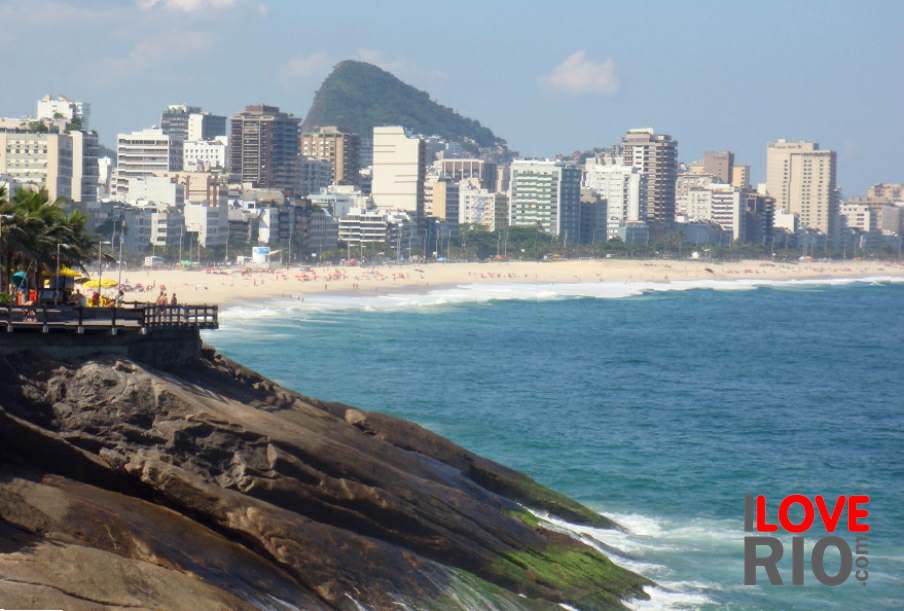

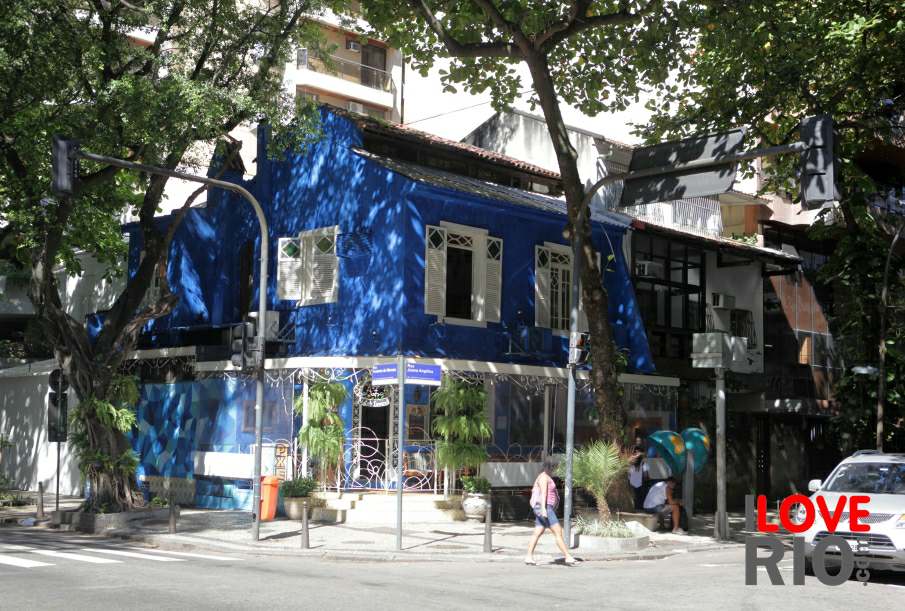
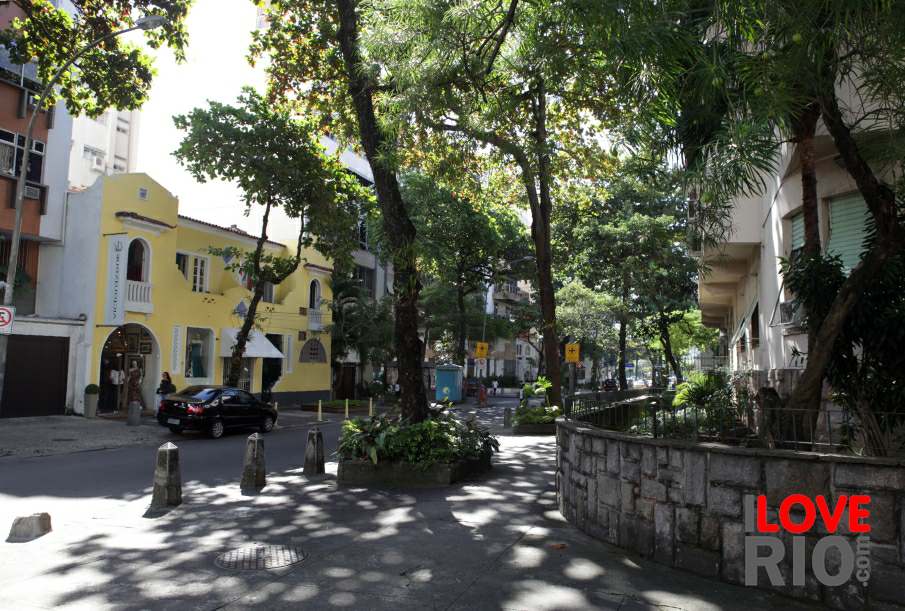
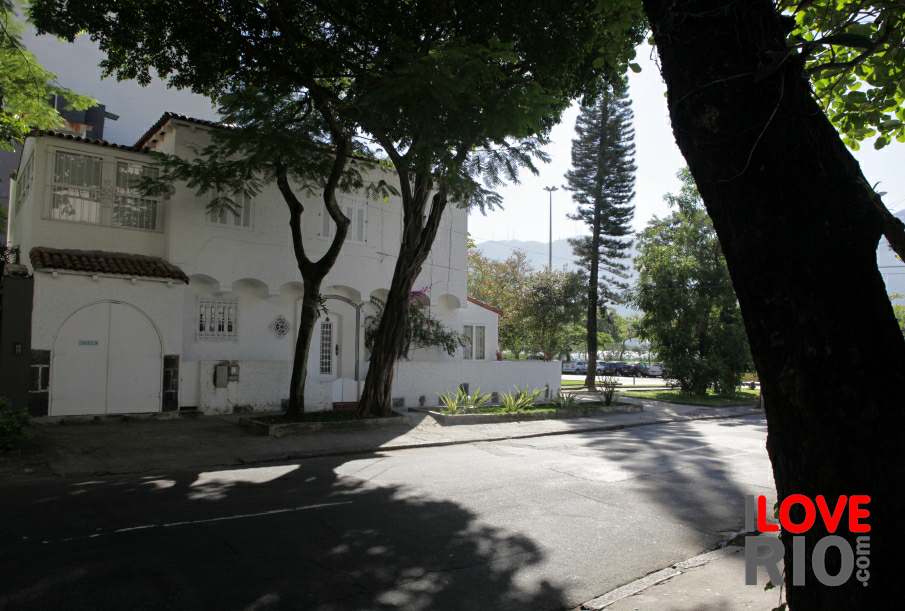
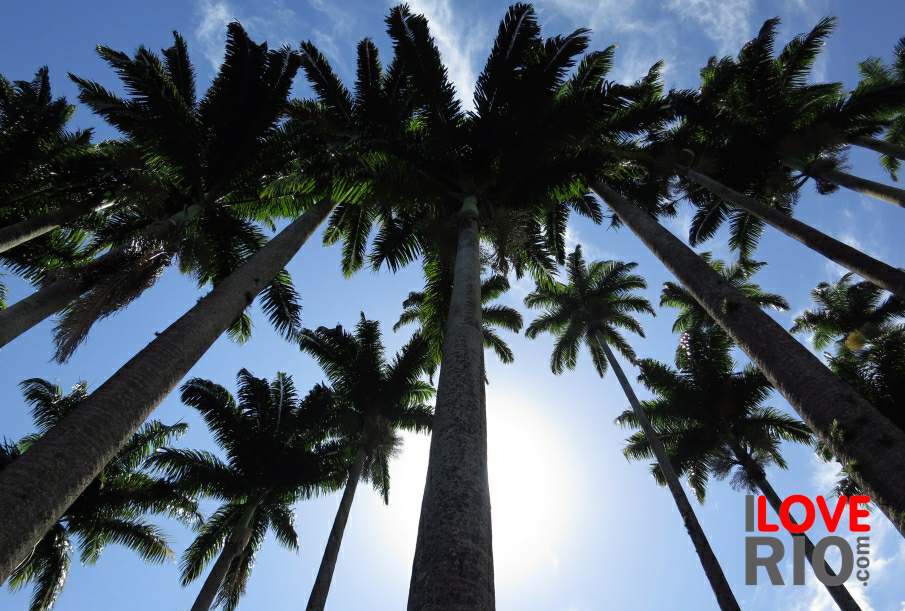
at a glance
aside from major works, reinforced concrete was already widely used in infrastructure and construction by residential construction workers, in the town Orsini Hermes da Fonseca (1912-1914), built with 'cement armed' flagstone. Actions for the standardization and grading of the production of concrete building blocks were made in Rio de Janeiro (in 1908 and 1913) and Santos (between 1912 and 1917). After the Second World War, there were many proposals for quality dwellings to be built and, within two decades, concrete was being replaced in Brazilian civil construction by other means and technologies, such as the use of steel. The reasons for this shift are one of the topics covered in this paper, which supports the idea that the relationship between housing and the reinforced concrete industry was the product of a national development project, which guided the actions and choices of Brazilian civil construction.

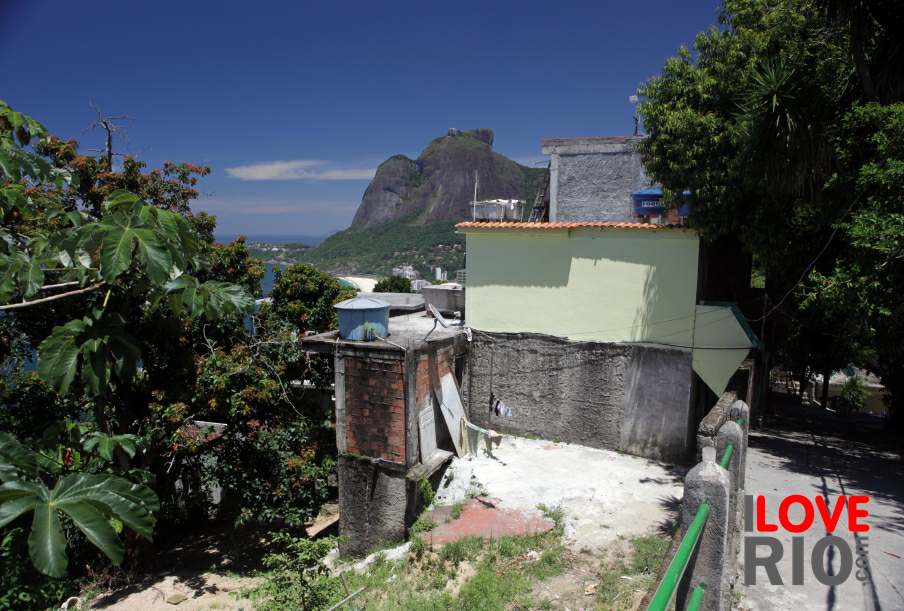

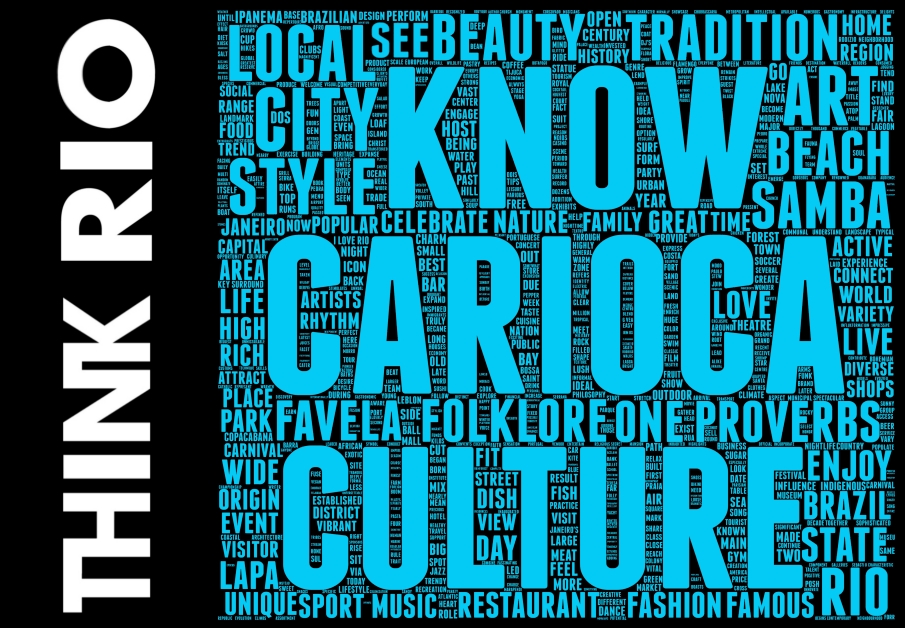
zona norte




